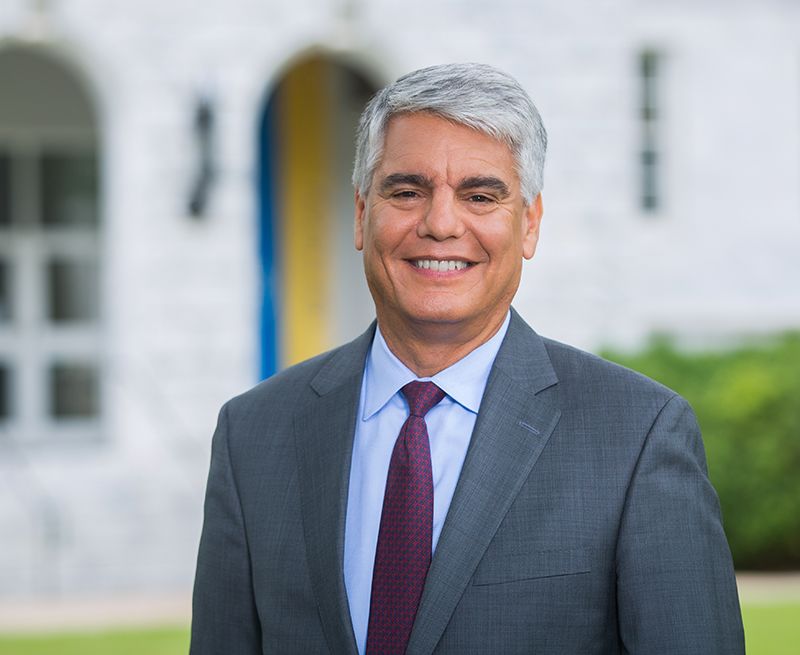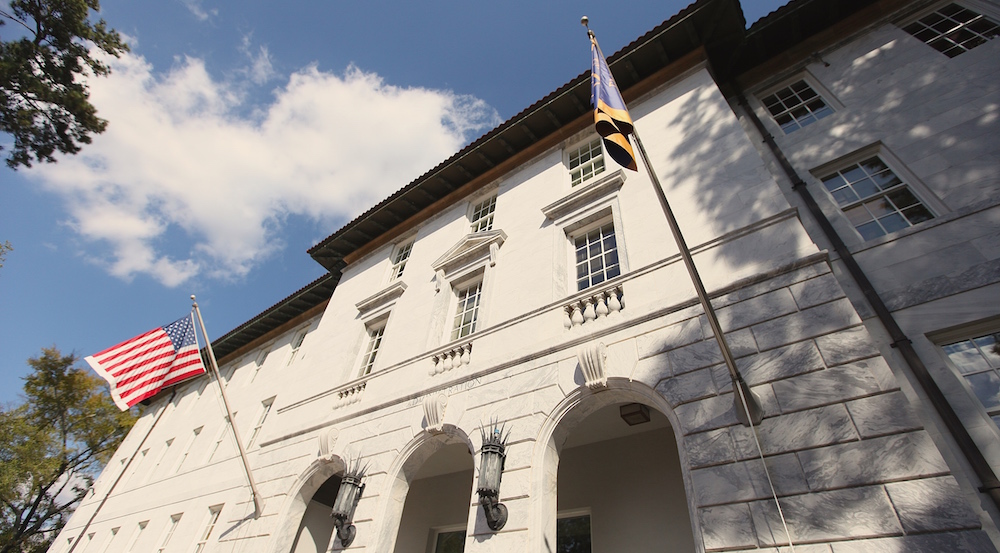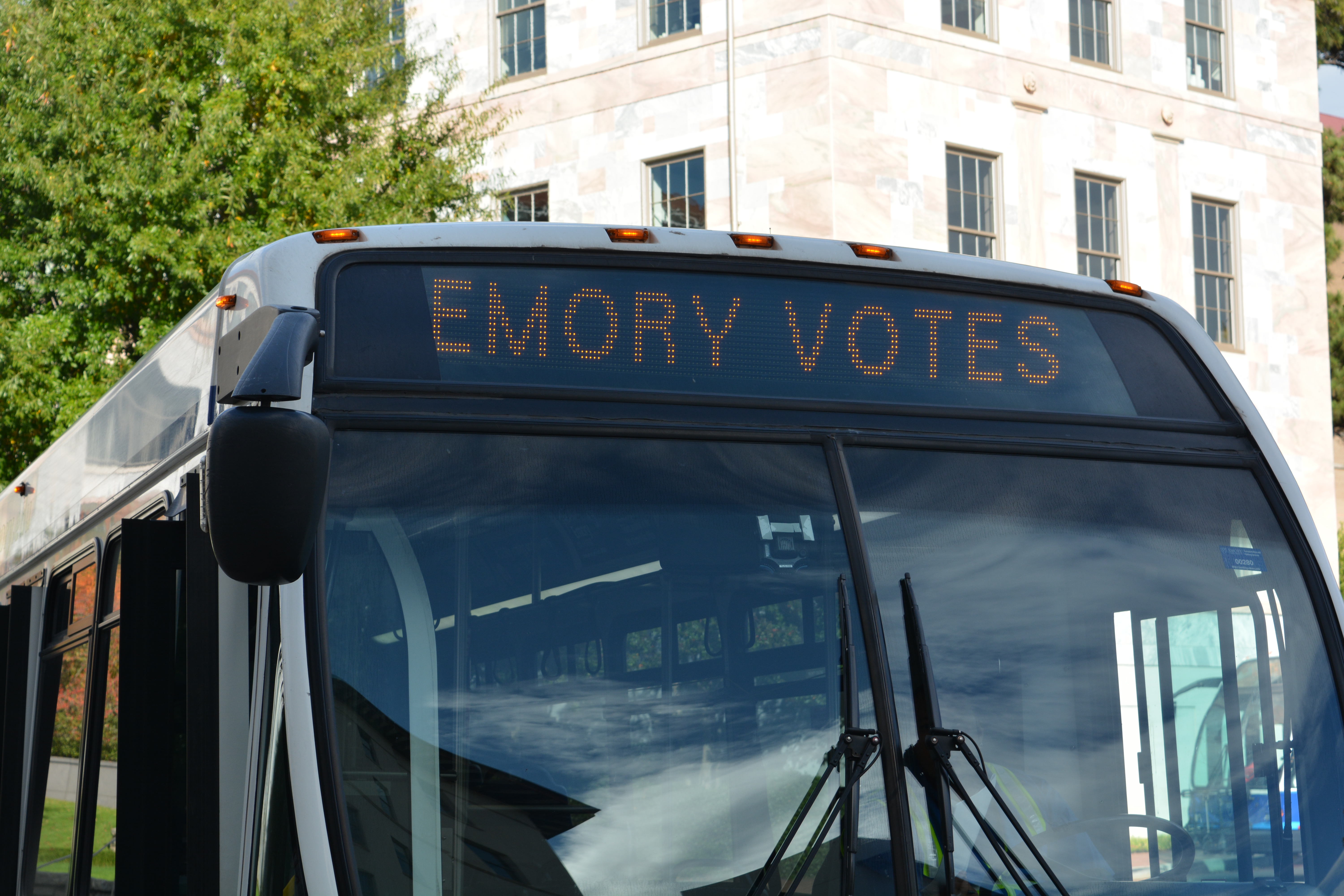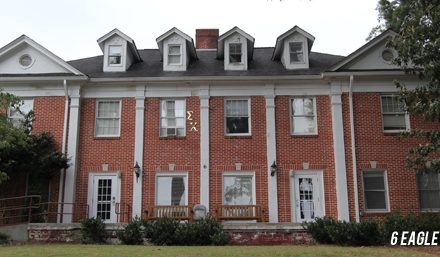Prior to appointing University President Gregory L. Fenves in April, the Presidential Selection Committee released a prospectus in March detailing the most important goals and challenges for the future president to tackle. With input from Emory faculty, staff and students, the objectives were “designed to shape the university’s advance from excellence to eminence.”

University President Gregory Fenves is working with Emory faculty to finalize which initiatives and projects the campaign funds should be allocated toward. (Emory Photo)
Despite complications from the COVID-19 pandemic, Fenves and Emory faculty have made some progress, most notably those pertaining to the capital campaign, career center developments and the arts on campus.
Capital Campaign
The prospectus called the capital campaign, a fundraising effort to facilitate growth, “one of the new president’s highest priorities.” Emory has raised an average of $376 million a year over the past three years, largely from long-term donors.
Three years into that eight-year campaign, Senior Vice President for Advancement and Alumni Engagement Josh Newton said Fenves is working with Emory faculty to finalize which initiatives and projects the campaign funds should be allocated toward.
“I’ve been spending the last three months meeting with the president and every single dean and unit leader, and they’ve had the opportunity to lay out their priorities for him,” Newton said. “They tell us what they need us to raise money for to elevate their school or program to the next level.”
Capital campaigns consist of two phases: a silent phase, which Newton said is for “building up your volunteer structure, beginning to identify your priorities and soliciting some lead gifts,” and a community phase that opens fundraising to the public. Newton said the second phase will launch fall 2021, and he believes Fenves will be an essential part of the campaign’s success.
“The good news is that President Fenves will be the president for five years of an eight-year campaign,” Newton explained. “We really needed a president who could steer the final five years of the campaign forward.”
The campaign’s goals encompass all areas of Emory life, including construction projects, hiring renowned faculty, increasing scholarships, strengthening undergraduate departments and funding research.
Recent donations have gone toward COVID-19 initiatives, for which the University has already raised over $45 million. As Newton explained, many donors who would normally provide money to other causes have diverted their funds to Emory-related pandemic causes, most notably vaccine research and supporting Feed the Frontlines, an Emory-partnered program that provides health care workers and their families with boxed meals.
As Assistant Vice President and Chief of Staff for Advancement and Alumni Engagement Mathew Pinson explained, however, most of the fruits of the campaign’s labor will not be evident until much later in the future.
“The cool thing about being at a research university is all that’s going on around you that you may or may not ever know about but you read about when it hits the headlines,” Pinson said. “It’s possible during this campaign that you and others will see a gift that a donor is giving to the University, and some years from now some transformational event will happen out of Emory.”
Career Services
Guided by the One Emory framework set forth in 2018, the prospectus expressed a need for “a strengthened advising system.” As Executive Director of the Emory Career Center Paul Fowler explained, the Career Center’s goal is to improve students’ transfer of educational skills into the workforce.
“College students don’t realize the professionalism that’s embedded in the college experience,” Fowler said. “Critical thinking skills, problem-solving, analysis, dissemination: those are the four tenets of a liberal arts education, which are very specific professional skills.”
Fowler sees value in encouraging students to take advantage of Emory’s liberal arts curriculum. The University as a whole is moving toward more projects in classes and quantifiable learning objectives.
The prospectus also set forth the University’s plan to help students “better leverage their Emory degrees.” Fowler said that the president’s involvement with the Career Center will be more prominent in the future, as a portion of the capital campaign’s funds will be put toward scholarships, stipends and internship support.
The Career Center has developed new resources, such as the Virtual Career Services website, an alumni summer internship program, a Canvas course for internship and job searching and various virtual workshops, that aim to teach students how to showcase their Emory education in ways that make them “stand out” from other candidates.
Although COVID-19 has forced the Career Center to adapt their advising, Fowler feels confident that changes — increasing virtual alumni engagement and switching from a major-based outreach model to an industry cluster model that allows students to explore job opportunities at a broader level — are a net positive. The Career Center will also offer a course over winter break through Emory Continuing Education that focuses on career skills and professional development.
On-Campus Arts Presence
In January, Emory appointed Professor of Music History Kevin Karnes as vice provost for the arts, and the prospectus stated his role would entail developing “collaboration for existing arts programs,” maintaining high academic standards and championing fundraising efforts.
Karnes helped create the Emory Arts and Social Justice Fellows program, which provided six fellowships to Atlanta-based artists to “embed their presence” in classes by teaching students about their work and showing them how to use artistic expression to communicate.
“A portion of the class would be dedicated to working collectively with the artist on some kind of creative project dedicated to moving the conversation of whatever the topic of the class might be into the domain of social and racial justice issues,” Karnes said.
Traditional fundraising for Emory arts is in the works as well, most notably for new visual arts facilities. Although the plan is to build new instructional and studio spaces on campus, namely an “arts corridor or village that would consolidate all the arts departments and programs,” COVID-19 has limited construction to renovations for the time being.
There is enthusiasm and support for expanding the arts’ reach at Emory, Karnes said, and he believes the initiatives he spearheaded have introduced art within unexpected disciplines.
“There are so many people on campus who are deeply engaged with the arts,” Karnes said. “It’s about finding those individuals and highlighting these connections and showcasing this kind of collaborative work.”
Sally Radell, the director of Emory’s dance program, expressed a similar sentiment. Since dance relies heavily on physical in-person instruction, the pandemic has limited the department’s current course offerings, especially at the introductory level. However, she is hopeful that a full course listing will be offered in the near future, and believes the administration has shown enthusiasm when it comes to supporting the arts.
“We’ve got a wonderfully sensitive administration and I think that they really care about helping us do our work,” Radell said.
Claire Fenton (she/her) (24C) is a Pittsburgh native majoring in quantitive sciences and linguistics. Outside of the Wheel, she is the treasurer of Emory Data Science Club and Girls Who Code. When she’s not training for half marathons, you can find her watching the Penguins dominate the Philadelphia Flyers and reading Agatha Christie novels.







